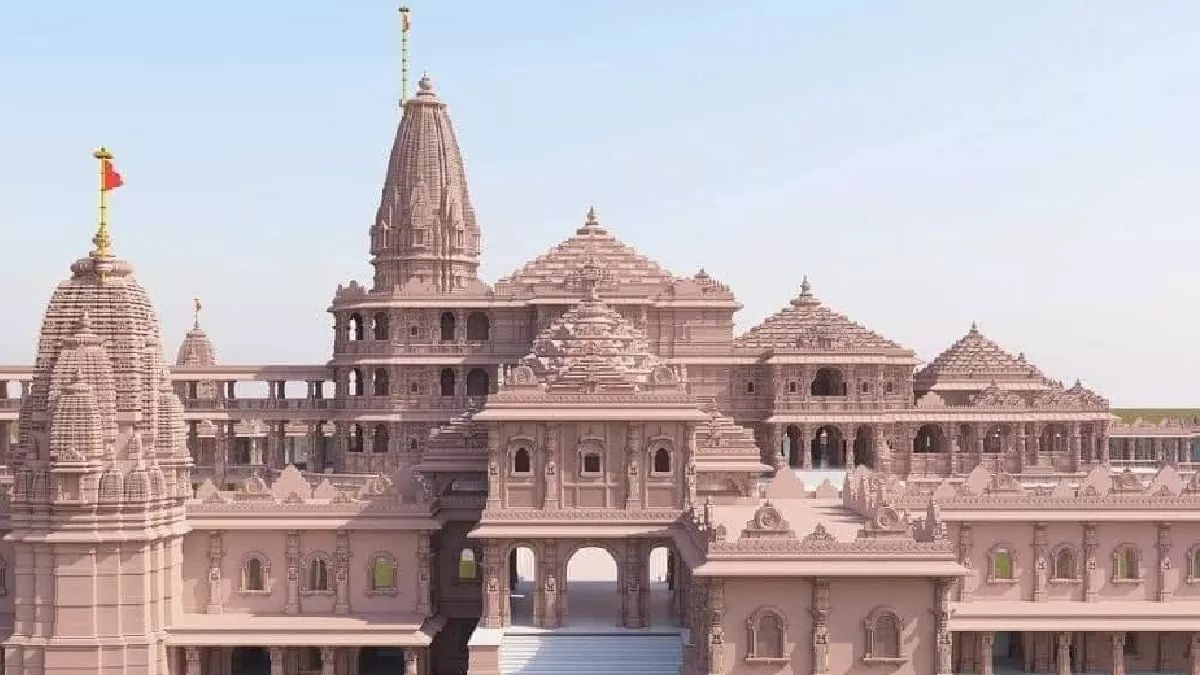
Ram Mandir Ignoration
The Ram Mandir, also known as the Ram Temple, is a significant religious site in India, believed to be the birthplace of Lord Ram, a central figure in Hindu mythology. The temple has a long and complex history, with various rulers and empires claiming ownership and control over the site. This article will explore the historical context of the Ram Mandir and the challenges faced in its construction.
The Ram Mandir: A Brief History
The Ram Mandir has a rich history that dates back to ancient times. According to Hindu mythology, Lord Ram, an incarnation of the god Vishnu, was born in Ayodhya, a city in northern India. The temple is believed to be the site of his birth, and it has been a place of worship for Hindus for centuries. Over time, the temple has been destroyed and rebuilt multiple times. In the 16th century, the Mughal emperor Babur ordered the construction of a mosque on the site, which was later destroyed by the British in the 19th century. The site has been a source of controversy and conflict ever since, with various groups claiming ownership and control over the land.
The Ram Mandir Dispute
The Ram Mandir dispute began in the 19th century when the British East India Company took control of the site and declared it a government property. This decision sparked protests and riots among the local Hindu population, who believed that the site was sacred and should be used for religious purposes.In the 1940s, the Indian National Congress, a major political party in India, passed a resolution calling for the construction of a Ram Temple at the site. However, this resolution was never implemented due to the country’s focus on gaining independence from British rule.After India’s independence in 1947, the dispute over the Ram Mandir continued. Various Hindu and Muslim groups claimed ownership of the site, and the issue became a major point of contention in Indian politics. In 1992, Hindu nationalists demolished the Babri Mosque, which was built on the site, sparking widespread violence and riots across the country.
The Ram Mandir Construction
Despite the controversy and challenges, the construction of the Ram Mandir began in 2020. The project was led by the Indian government and involved the construction of a grand temple dedicated to Lord Ram. The construction process was met with opposition from various Muslim and secular groups, who argued that the temple’s construction would further divide the country and fuel religious tensions.Despite these challenges, the Ram Mandir was completed in 2023, and it was officially inaugurated by Indian Prime Minister Narendra Modi. The temple has since become a major pilgrimage site for Hindus, attracting millions of visitors each year.
The Future of the Ram Mandir
The Ram Mandir’s construction has been a significant milestone in Indian history, but it has also raised questions about the country’s future. The temple’s completion has been hailed as a victory for Hindu nationalism, but it has also sparked concerns about the country’s religious and political divisions.As India continues to grapple with these challenges, the Ram Mandir will likely remain a contentious issue. However, it is also a symbol of the country’s rich cultural heritage and the resilience of its people. In conclusion, the Ram Mandir has a long and complex history, marked by controversy, conflict, and challenges. Despite these obstacles, the temple’s construction was completed, and it has become a significant religious site for Hindus. As India moves forward, the Ram Mandir will continue to be a source of inspiration and a reminder of the country’s rich cultural heritage.






